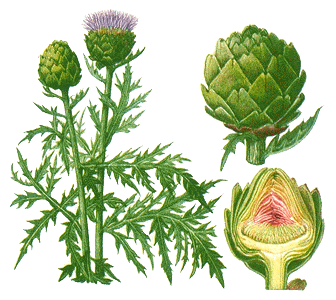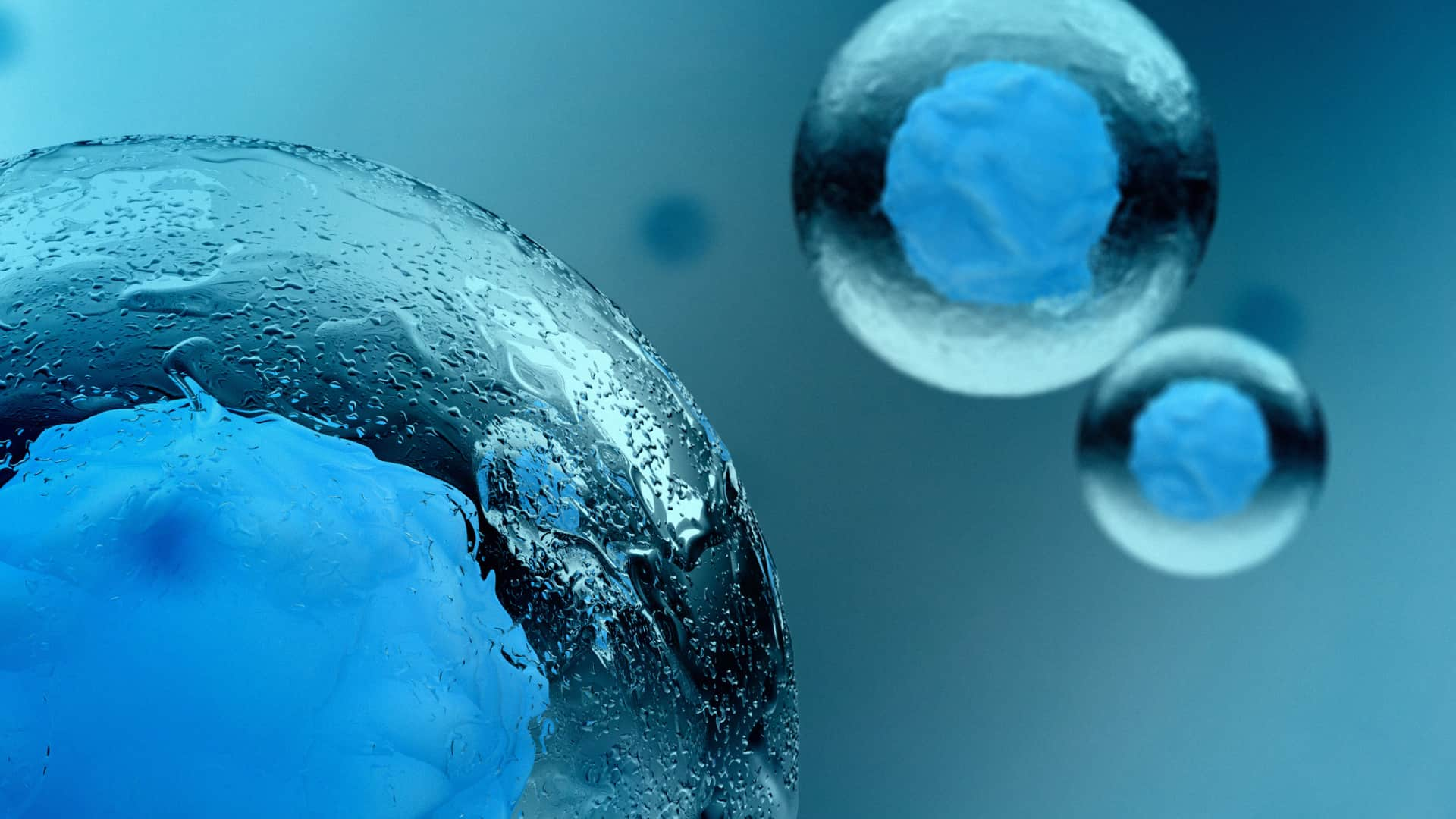Artichoke Stem and Leaf Extract

COMMON NAME
Artichoke, Globe Artichoke, French Artichoke
TOP BENEFITS OF ARTICHOKE EXTRACT
Supports vascular health *
Supports metabolic health *
Supports antioxidant defenses *
WHAT IS ARTICHOKE EXTRACT?
Artichoke (Cynara scolymus) is a native plant of the Mediterranean (North Africa and southern Europe) with well-known nutritional and health benefits. Artichoke leaves (called “bracts”) are a rich source of bioactive polyphenolic compounds with antioxidant and cell protective effects—artichoke’s total antioxidant capacity is one of the highest reported for vegetables [1]. Compounds found in artichoke include phenolic acids (caffeic, quinic acid, cynarin, and chlorogenic acid), glycosides of luteolin (cynaroside, and sculomoside), and anthocyanidins (cyanidin, peonidin, and delphinidin). Artichoke extract has a long history of use for heart, metabolic, gastrointestinal, and liver health, with many of its functional benefits supported by clinical trials [2]. While it has not been an area of research yet, artichoke has a reputation for supporting cognitive performance among neurohackers, especially in areas touching on mood, motivation, and memory.*
NEUROHACKER’S ARTICHOKE EXTRACT SOURCING
Artichoke Leaf Extract is made from the dried leaf and standardized for 4% cynarin and related flavonoids to ensure that it would have an adequate phenolic content.
Artichoke Extract is non-GMO, gluten-free and vegan.
ARTICHOKE EXTRACT FORMULATING PRINCIPLES AND RATIONALE
In clinical studies, the dose of artichoke leaf extract used has typically ranged from 500 to 1800 mg/day, with some of the difference in dose based on the standardization of the extract used. Our serving is consistent with this range. Neurohackers often combine artichoke leaf extract with other compounds—the combination of artichoke with Coleus forskohlii is a popular nootropic stack—so Neurohacker Collective believes, in addition to the standardization, a key consideration when considering the serving of artichoke is both the intended use and other ingredients it’s combined with. While artichoke is a food, because the extract we use is standardized for flavonoid molecules, and flavonoids tend to follow hormetic dosing principles (see Neurohacker Dosing Principles), we believe doses toward the middle to lower end of the dosing range, especially when combined with other flavonoid-containing ingredients, are sufficient to support healthy function.*
ARTICHOKE EXTRACT KEY MECHANISMS
Supports healthy cardiovascular function*
Supports healthy vascular function* [3–7]
Supports endothelial cell function* [5,7–10]
Supports blood flow* [9]
Promotes healthy metabolic function*
Supports healthy blood glucose levels* [11–13]
Supports healthy blood cholesterol levels* [4,9,13–17]
Supports healthy LDL particles (may help counter LDL oxidation)* [18]
Other actions*
Supports antioxidant defenses* [1,7,10,19]
Supports liver structure and function* [3,17]Complementary ingredients*
Artichoke Leaf Extract is often combined with Coleus forskohlii (a source of forskolin) by neurohackers
*These statements have not been evaluated by the Food and Drug Administration. This product is not intended to diagnose, treat, cure, or prevent any disease.
[1]N. Ceccarelli, M. Curadi, P. Picciarelli, L. Martelloni, C. Sbrana, M. Giovannetti, Med. J. Nutrition Metab. 3 (2010) 197–201.
[2]M. Ben Salem, H. Affes, K. Ksouda, R. Dhouibi, Z. Sahnoun, S. Hammami, K.M. Zeghal, Plant Foods Hum. Nutr. 70 (2015) 441–453.
[3]K. Kraft, Phytomedicine 4 (1997) 369–378.
[4]W. Englisch, C. Beckers, M. Unkauf, M. Ruepp, V. Zinserling, Arzneimittelforschung 50 (2000) 260–265.
[5]S. Grande, P. Bogani, A. de Saizieu, G. Schueler, C. Galli, F. Visioli, J. Agric. Food Chem. 52 (2004) 5021–5026.
[6]N. Xia, A. Pautz, U. Wollscheid, G. Reifenberg, U. Förstermann, H. Li, Molecules 19 (2014) 3654–3668.
[7]I. D’Antuono, A. Carola, L.M. Sena, V. Linsalata, A. Cardinali, A.F. Logrieco, M.G. Colucci, F. Apone, Molecules 23 (2018).
[8]H. Li, N. Xia, I. Brausch, Y. Yao, U. Förstermann, J. Pharmacol. Exp. Ther. 310 (2004) 926–932.
[9]G. Lupattelli, S. Marchesi, R. Lombardini, A.R. Roscini, F. Trinca, F. Gemelli, G. Vaudo, E. Mannarino, Life Sci. 76 (2004) 775–782.
[10]D. Zapolska-Downar, A. Zapolski-Downar, M. Naruszewicz, A. Siennicka, B. Krasnodebska, B. Kołdziej, Life Sci. 71 (2002) 2897–2808.
[11]T. Nomikos, P. Detopoulou, E. Fragopoulou, E. Pliakis, S. Antonopoulou, Nutr. Res. 27 (2007) 741–749.
[12]N. Fantini, G. Colombo, A. Giori, A. Riva, P. Morazzoni, E. Bombardelli, M.A.M. Carai, Phytother. Res. 25 (2011) 463–466.
[13]M. Rondanelli, A. Riva, G. Petrangolini, P. Allegrini, L. Bernardinelli, T. Fazia, G. Peroni, C. Gasparri, M. Nichetti, M.A. Faliva, M. Naso, S. Perna, Nutrients 12 (2020).
[14]R. Bundy, A.F. Walker, R.W. Middleton, C. Wallis, H.C.R. Simpson, Phytomedicine 15 (2008) 668–675.
[15]Z. Qiang, S.-O. Lee, Z. Ye, X. Wu, S. Hendrich, Phytother. Res. 26 (2012) 1048–1052.
[16]M. Rondanelli, A. Giacosa, A. Opizzi, M.A. Faliva, P. Sala, S. Perna, A. Riva, P. Morazzoni, E. Bombardelli, Int. J. Food Sci. Nutr. 64 (2013) 7–15.
[17]Y. Panahi, P. Kianpour, R. Mohtashami, S.L. Atkin, A.E. Butler, R. Jafari, R. Badeli, A. Sahebkar, Phytother. Res. 32 (2018) 1382–1387.
[18]J.E. Brown, C.A. Rice-Evans, Free Radic. Res. 29 (1998) 247–255.
[19]A. Skarpañska-Stejnborn, L. Pilaczynska-Szczesniak, P. Basta, E. Deskur-Smielecka, M. Horoszkiewicz-Hassan, Int. J. Sport Nutr. Exerc. Metab. 18 (2008) 313–327.



